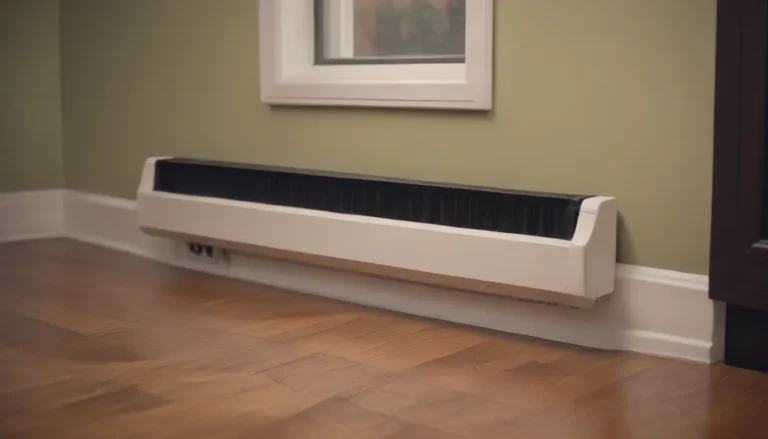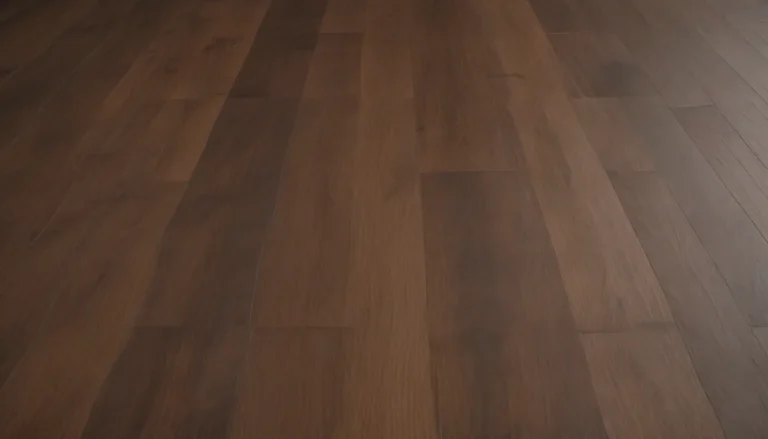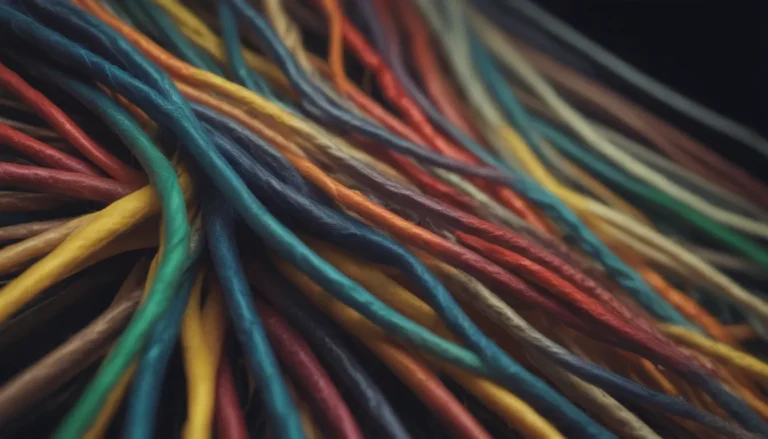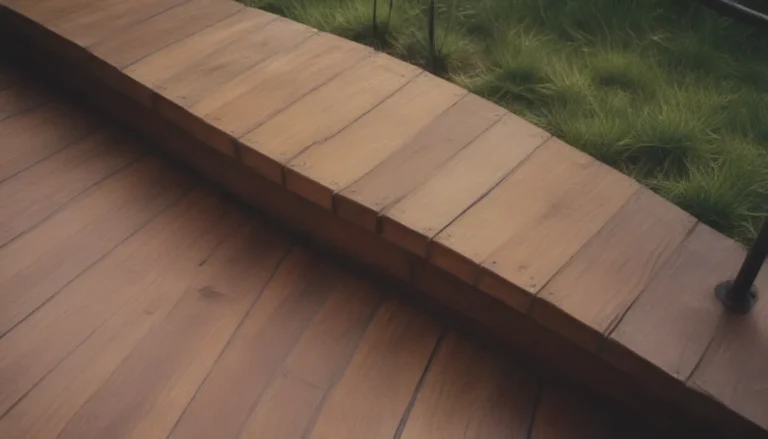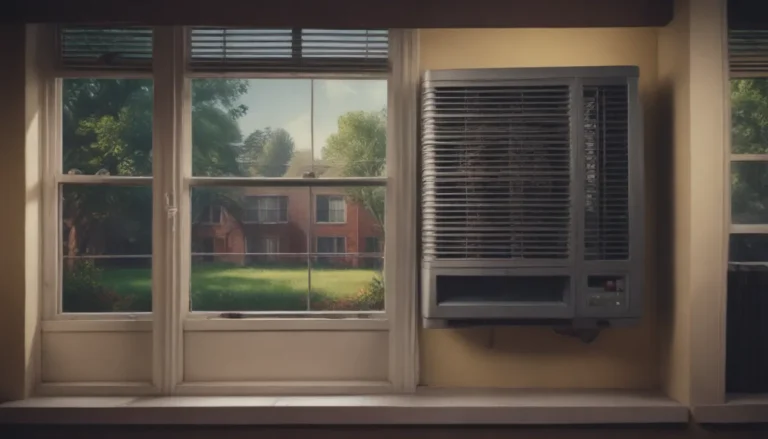Maximizing Your Tile Project: Choosing the Right Tile Adhesive or Mortar
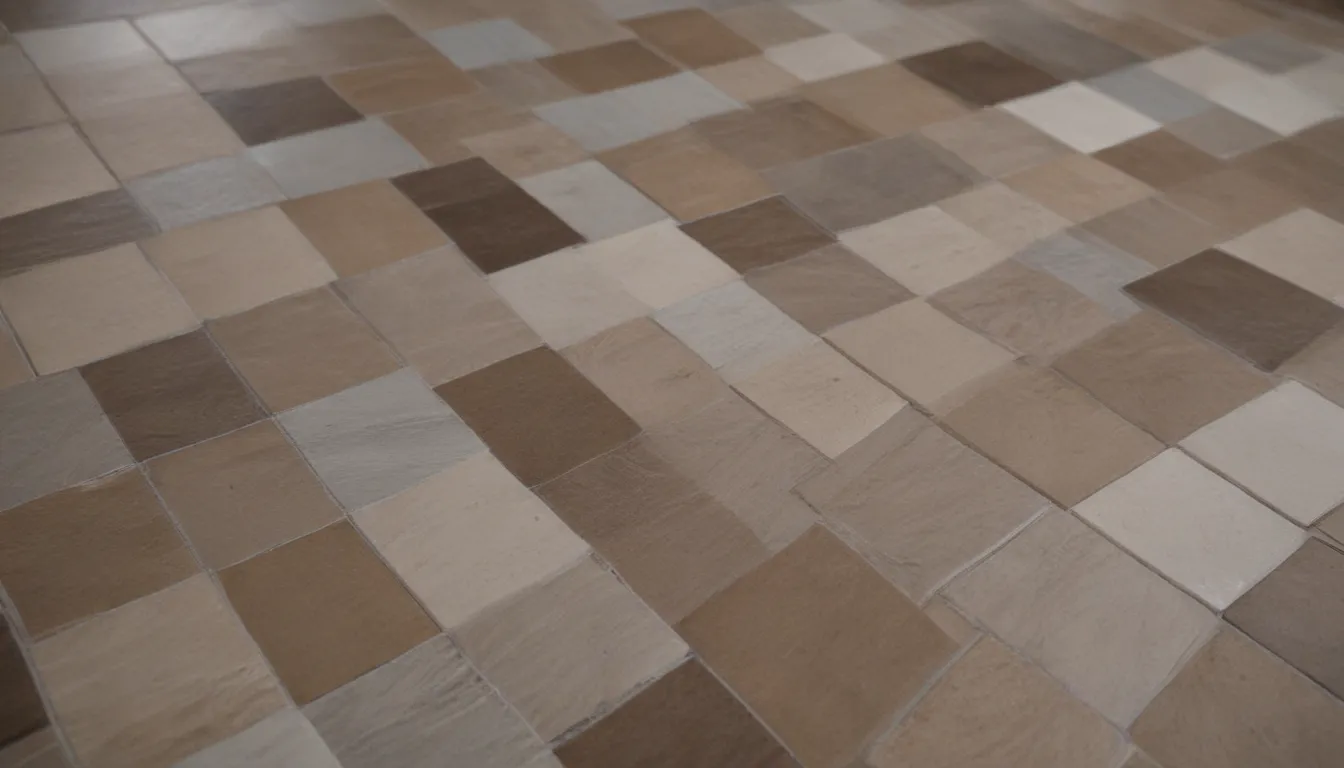
When it comes to working on a tiling project, selecting the correct tile adhesive or mortar is crucial. The type of adhesive you choose can determine the longevity of your tiles, as well as how well they resist water, chemicals, and general wear and tear. With options like thinset mortar and epoxy mortar available, it’s important to understand the differences between them to make an informed decision for your project.
Understanding Tile Adhesive
Tile adhesive is the substance that bonds the tile to the substrate. It needs to be easy to work with, fill gaps effectively, and provide ample working time before it cures. Here are a few key points to keep in mind when working with tile adhesive:
- It must resist moisture to prevent mold growth.
- The working time should be appropriate for your project.
- It must provide a strong bond for the tiles.
- It should be versatile enough to fill in gaps and uneven surfaces.
Thinset Tile Mortar: The Classic Choice
Thinset tile mortar, made of Portland cement, silica sand, and moisture-retaining agents, is a popular choice for both indoor and outdoor tile applications. Here are some key features of thinset mortar:
- Provides a tight bond for tiles.
- Resistant to moisture and mold growth.
- Allows for leveling of uneven surfaces.
- Ideal for floor tile and wet areas like showers.
When working with thinset mortar, consider the following:
- Standard thinset comes in powdered form and requires mixing with water.
- Premixed thinset is ready to use and ideal for small projects.
- Mixing thinset with latex additive can enhance its strength.
Epoxy Tile Mortar: The High-Performance Option
Epoxy tile mortar offers a strong bond and high compressive strength, making it a great choice for a variety of tiles, including porcelain, ceramic, glass, and stone. Here are some features of epoxy mortar:
- High compressive strength and chemical resistance.
- Suitable for a wide range of tile materials.
- Works well in damp environments.
While epoxy mortar offers many advantages, it is essential to consider the following:
- Requires mixing components before each use.
- Higher cost compared to thinset mortar.
- Fast setting time requires quick work during installation.
Mastic Tile Adhesive: A Sticky Situation
Tile mastic, a fast-grab adhesive, is another option for tile installation, particularly for materials like porcelain, quarry, and ceramic tiles. Here are some key points to note about mastic adhesive:
- Quick-grab feature minimizes tile sag during installation.
- Easy to remove when demolishing tiles.
- Not suitable for high-moisture areas.
It’s important to distinguish between tile adhesive and mortar:
- Mortar is technically a type of adhesive.
- Tile adhesive and grout should not be used interchangeably.
- Always check the shelf life of tile adhesives to ensure optimal performance.
Conclusion
Choosing the right tile adhesive or mortar is essential for the success of your tiling project. Whether you opt for thinset mortar, epoxy mortar, or mastic adhesive, understanding their unique properties and applications will help you achieve long-lasting, professional results. Remember to consider the specific requirements of your project, such as moisture resistance, working time, and cost, to make an informed decision. With the right adhesive in hand, you can transform your space with beautiful, durable tiles that stand the test of time.

